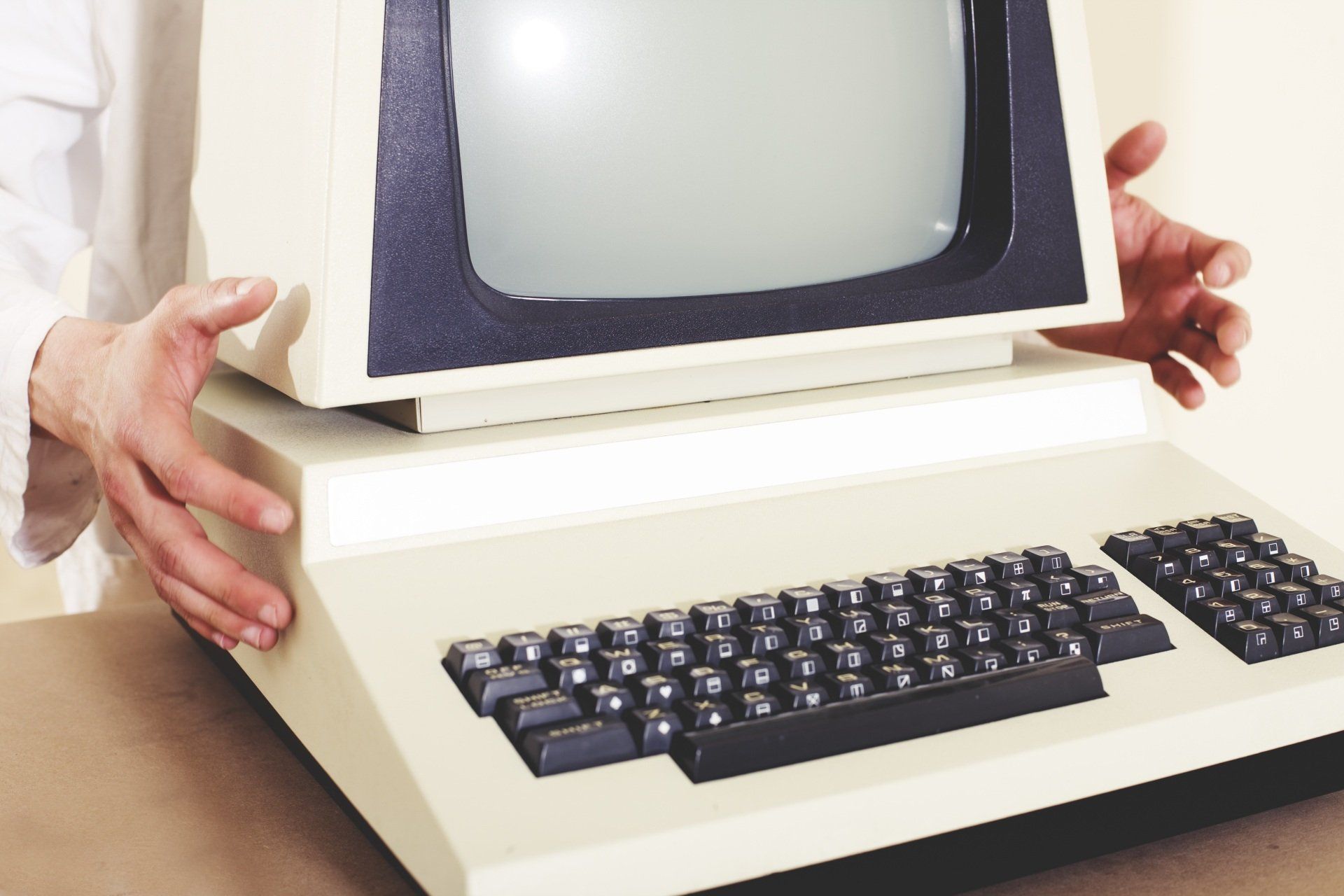Aluminum Recycling: Environmentally and Financially Responsible
Why Aluminum Recycling is More Important Than You May Think
Aluminum is a soft, malleable metal that is used in everything from the tinfoil in your kitchen to the aerospace program. While it is one of the most common elements, it is not available in pure form in nature; there is no such thing as an aluminum vein or nugget.
Aluminum was not commonly used until the 20th century because the method used to extract aluminum from bauxite ore wasn’t invented until 1888. This method, called the Bayer process, uses a lot of energy and creates a lot of waste. Aluminum processing produces sulfur oxide and nitrogen oxide, chemicals that, when mixed with the water in the atmosphere, cause acid rain. It takes five tons of bauxite (which is usually strip-mined) to make one ton of aluminum; the remaining mud is toxic and can contaminate water supplies if not properly disposed of.
However, once extracted, aluminum is 100% recyclable and can be melted and reused repeatedly with no decrease in quality. The aluminum recycling process uses only 5% of the energy that making new aluminum requires, and produces 95% less greenhouse gas. Recycling just 1 ton of aluminum saves 9 tons of CO2 emissions.
Aluminum is entirely recyclable – if people collect their aluminum scrap and take it to a recycling center. Aluminum used in construction as well as automotive manufacturing has a very high rate of recycling – some estimates are over 85%. But less than half of aluminum used for cans in the United States is recycled, and when you get to aluminum used for household purposes it’s even lower. The aluminum that we throw away instead of recycling worth millions of dollars a year.
Bring your aluminum to Scrap Mart Metals – help keep the environment healthy and receive reimbursement.
The post Aluminum Recycling: Environmentally and Financially Responsible appeared first on Scrap Mart Metals.
Benefits of Recycling Scrap Metal




